Uruguay: Colonia del Sacramento
Avaldatud: 10.03.2019
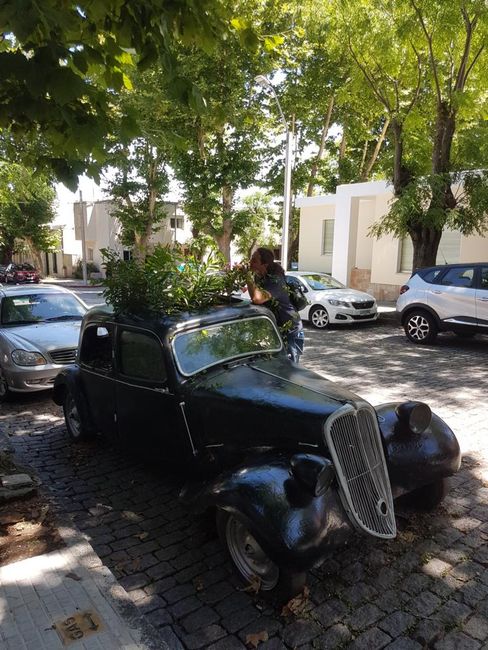
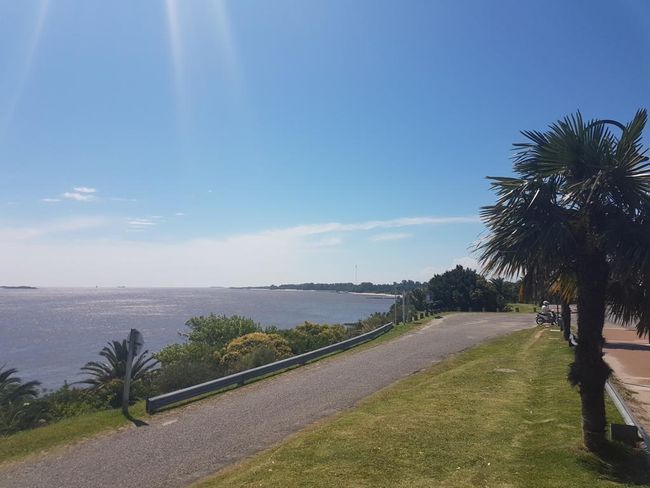
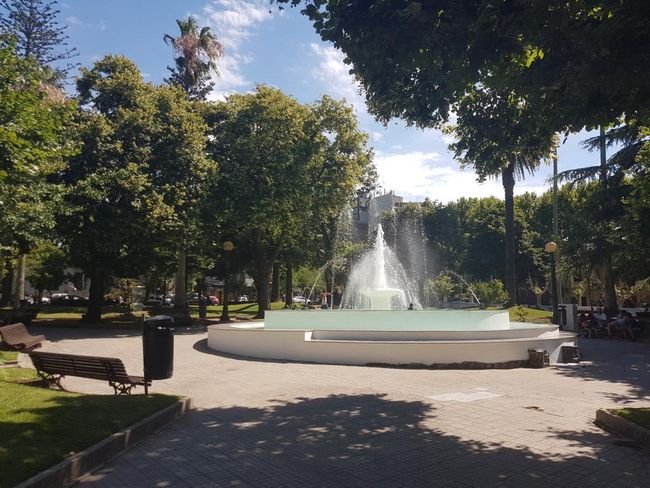
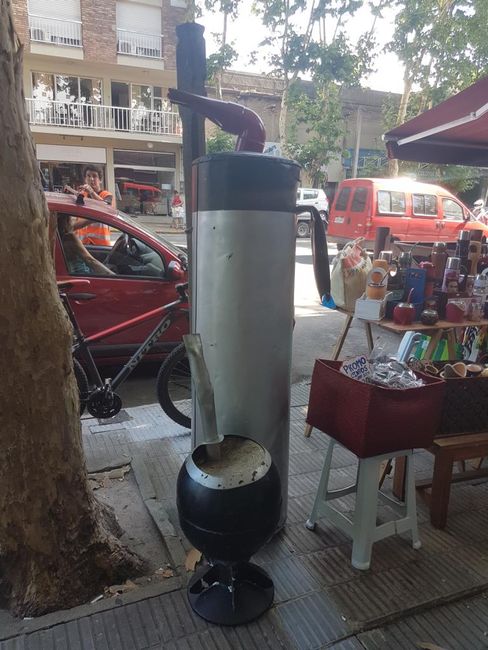
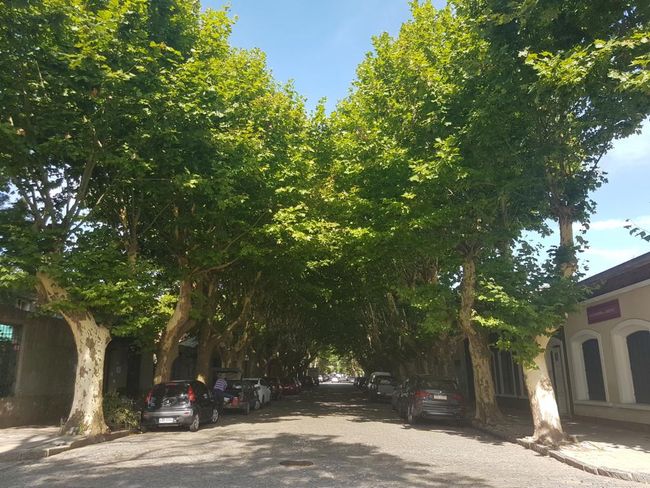
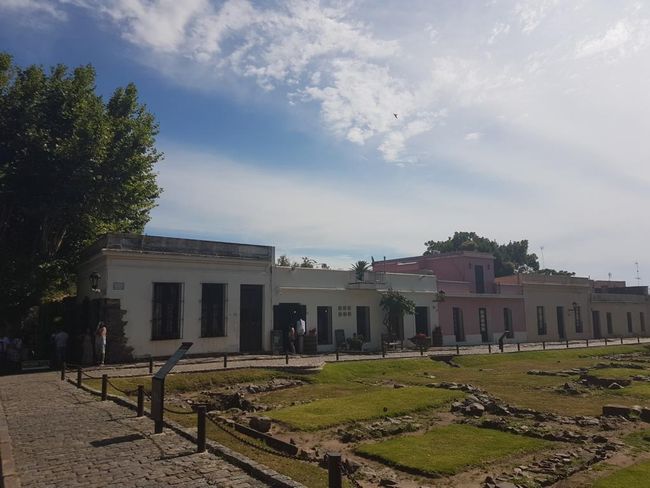
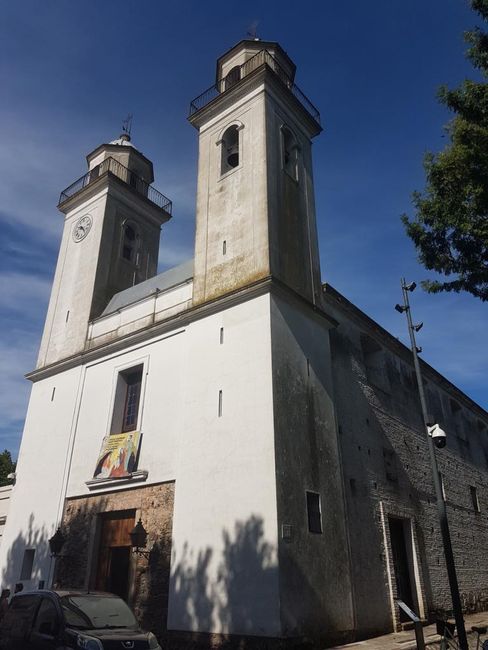

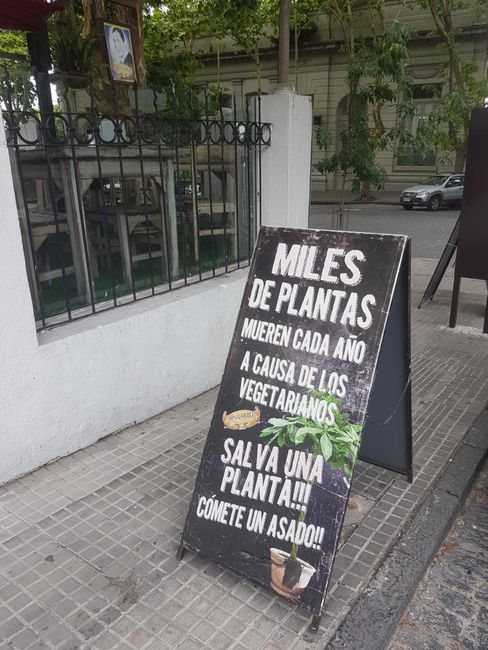
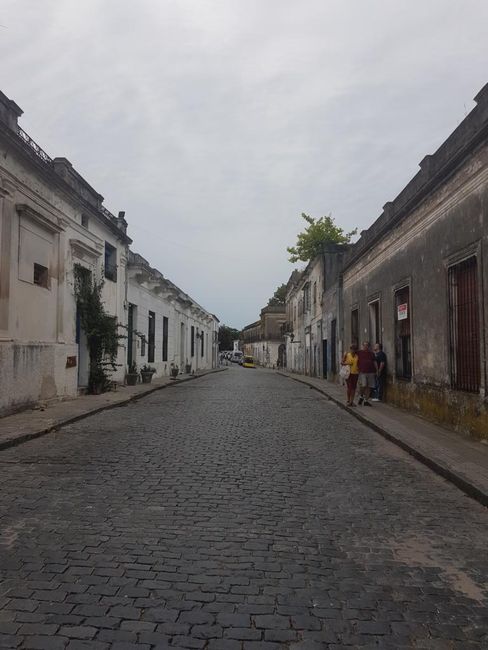
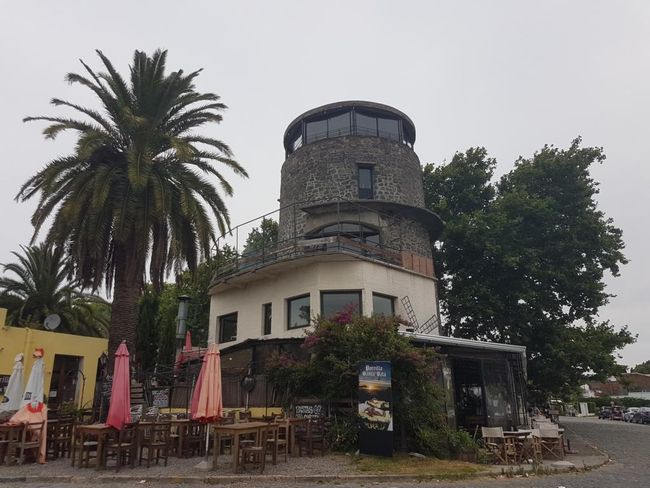
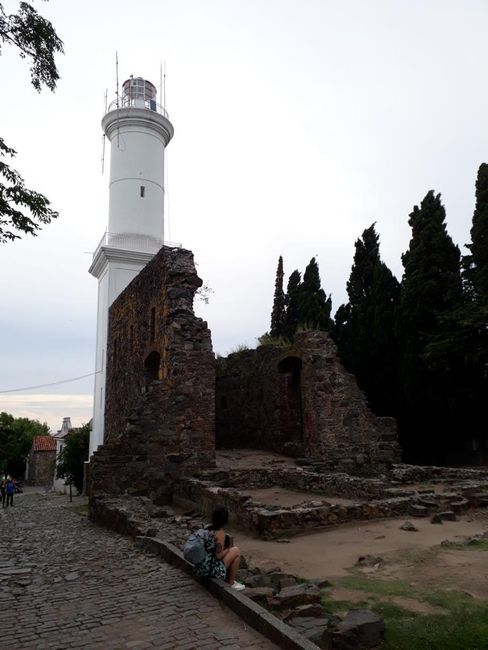

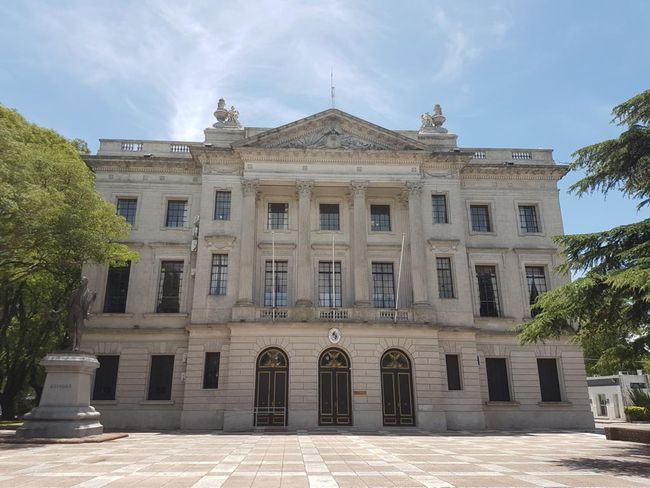
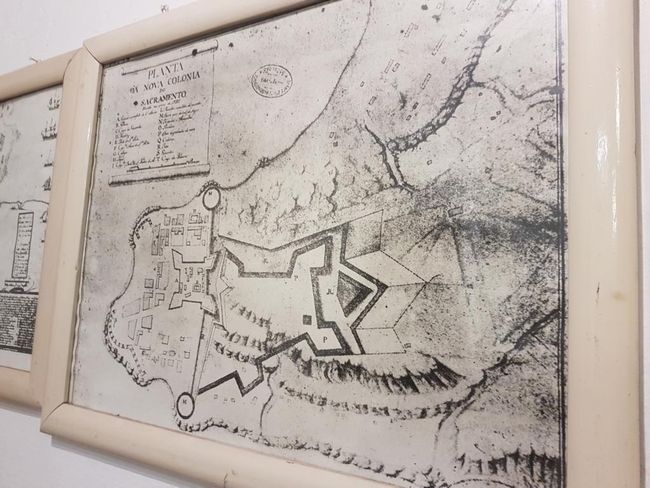
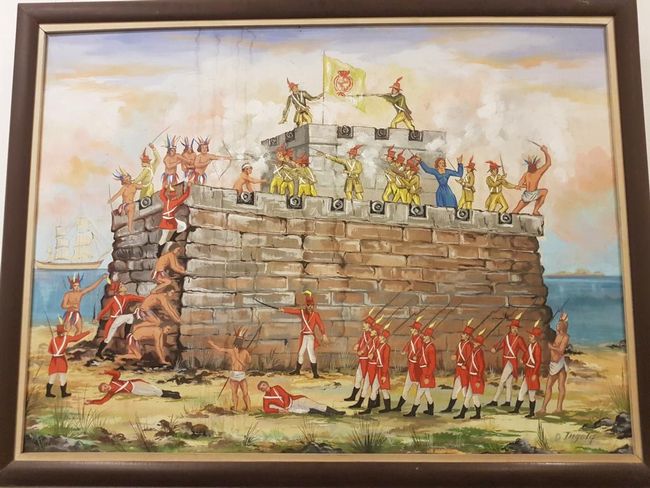
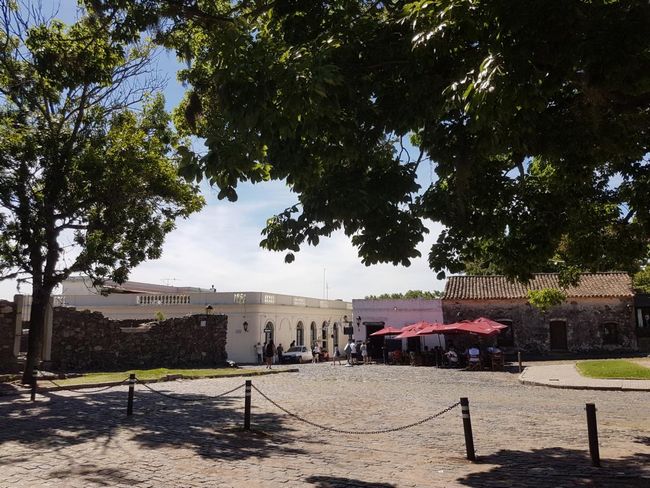
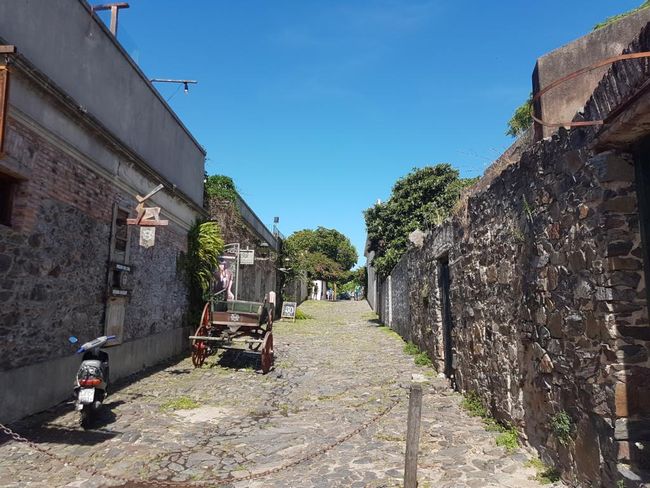
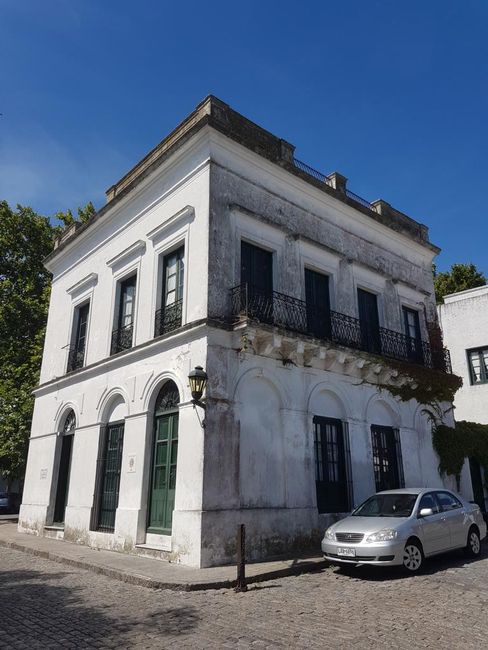
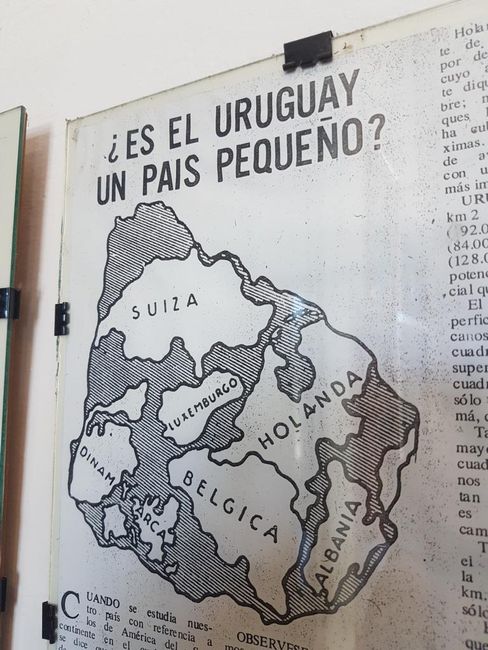
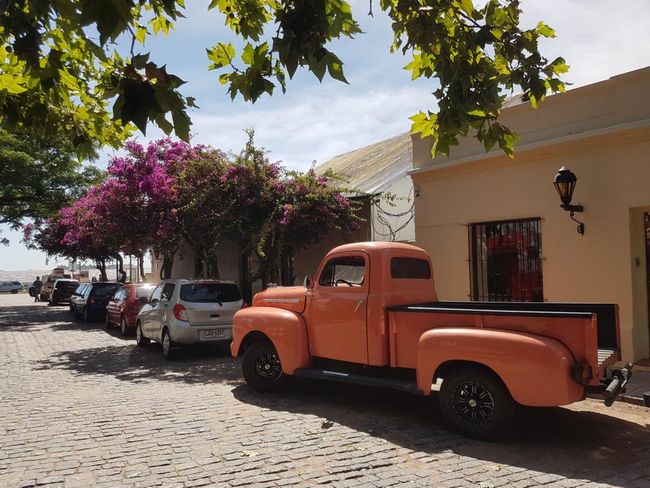
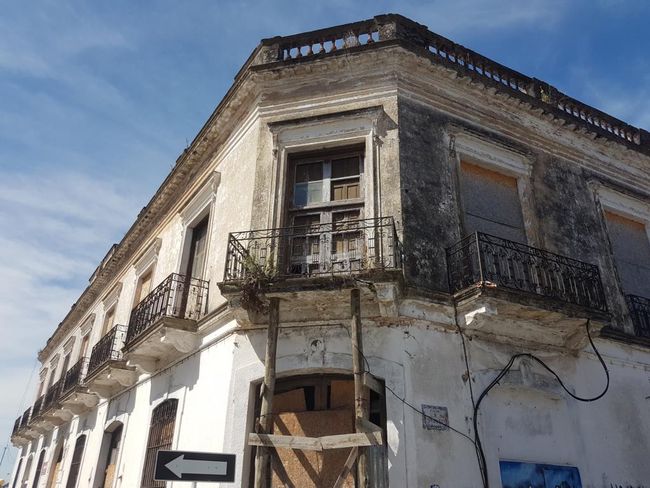
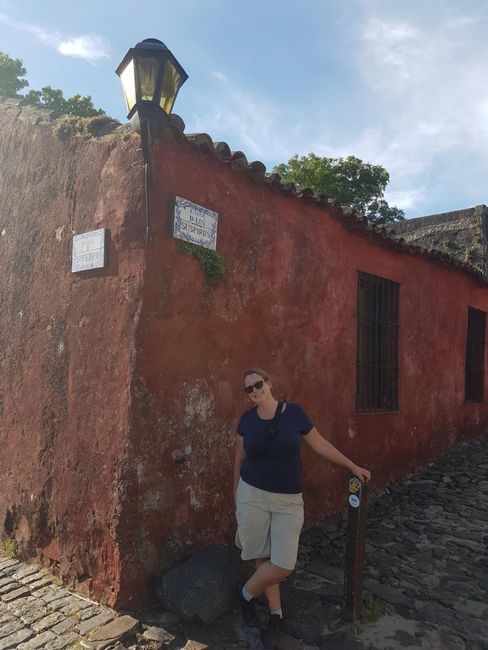
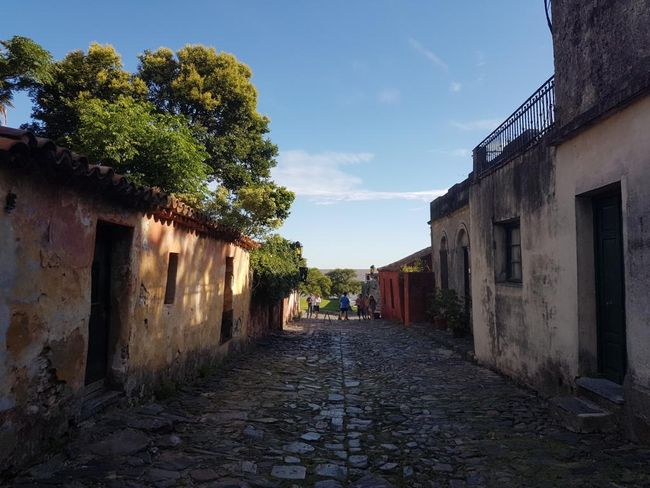
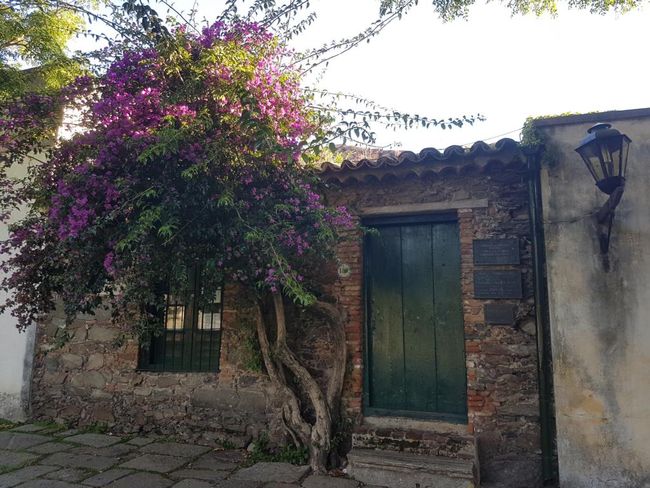
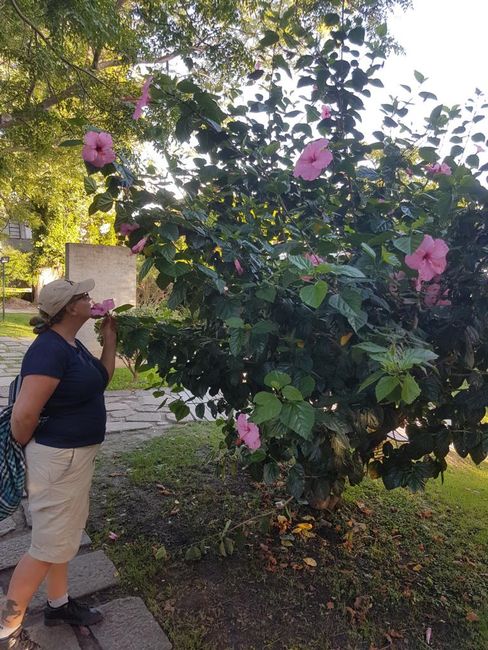

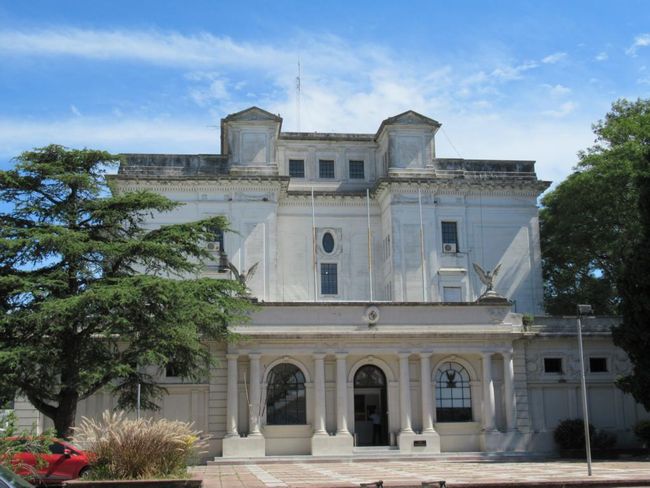
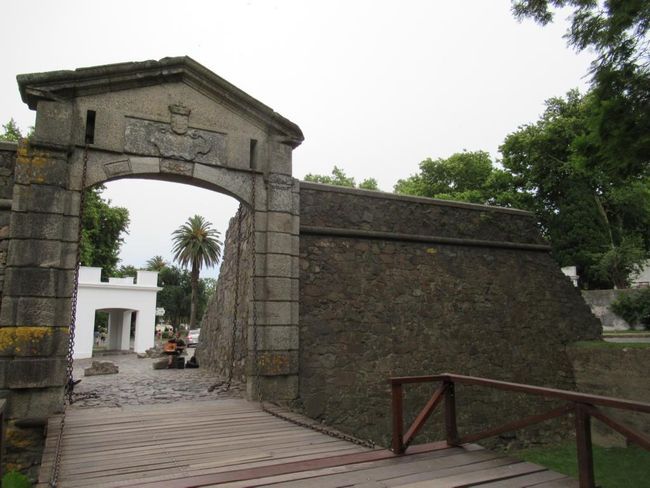
Telli uudiskiri
When you arrive by ferry in Colonia, you would never think that there is a city here. From the outside, it almost seems like a forest with only a few buildings protruding. In fact, the incredibly picturesque city of Colonia is one of the most beautiful cities in Latin America. The Barrio Historico consists of a maze of narrow cobblestone alleys and is located on a small peninsula. Along the many alleys and streets, there are tall avenues lined with plane trees, which not only provide plenty of greenery and a wonderful atmosphere, but also wind and protection from the summer heat.
Colonia was originally founded by the Portuguese governor of Rio de Janeiro to compete with the Spaniards, who had a strategic location almost opposite Buenos Aires, and to undermine their trade monopoly. This led to conflicts between the two powers, until Colonia finally came under Spanish rule in 1777.
Since hotel prices in the city center were astronomical and many accommodations were already fully booked, we decided to stay in a hotel slightly outside the city along the coast. To get to the center, we had to take a long 3 km walk along the coast road in the blazing sun. There was no shade along the way. There was also a bus, but we always somehow missed it. Looking back, we should probably have rented a golf cart, which are very popular among tourists as a means of transportation here.
As compensation, the hotel offered a spa where we could jump into the indoor pool and relax in the steam bath. We even went to the sauna, although it was rather ironic considering the temperatures outside.
One of the most famous places in Colonia is the Calle de los Suspiros (Street of Sighs), although we found it rather incomprehensible. The cobblestone street is not particularly different from the other cobblestone streets, except that it is completely crowded with tourists due to its reputation as the most picturesque cobblestone street (MPCS).
There are also some beautiful squares. In the middle of the Plaza 25 de Agosto, there is a large fountain, the Plaza Mayor looks like a small forest in the middle of the city, and on the Plaza de Armas you can admire the oldest church in Uruguay, the Iglesia Matriz, as well as the ruins of the Casa de los Gobernadores, of which only the foundations remain, and the remains of the water supply and drainage system.
Curiously, there are some old cars in the city that have been converted into planters.
Other beautiful places include the old marina, where there are some beautiful yachts to see, the old city gate, and the lighthouse, which we even climbed up to see the town from above. However, we had to wait for the right time, as there are often long queues, which we were not particularly interested in.
There are 8 historical museums in the city, which can be visited with the same entrance ticket. At the beginning of our museum day, we were very ambitious and planned to visit all of them. But halfway through, we gave up, partly because the museums were not really special, and partly because it was simply too hot for museum visits.
First, we visited the Municipal Museum, where we saw old maps and a scale model of Colonia from around 1762, among other things.
We mainly visited the Indigenous Museum because we had read in the guidebook about an interesting map that is supposed to show how many European countries can fit into the territory of Uruguay. In fact, the "map" turned out to be a worn-out A4 sheet of paper, which I would not describe as worth seeing in retrospect. The rest of the museum also offers nothing particularly interesting.
The fact that I can no longer really remember which other museums we visited speaks volumes about how spectacular the remaining facilities on the list are. I think one of them was Casa Nacarello, which we briefly looked at as we passed by, allegedly the most beautiful colonial house in the city with many period pieces of furniture and original door lintels. Just this description is already amazing. We may have also visited Casa Portugues and/or Casa Español, as the colonial clutter in the photos suggests.
So, Colonia is definitely better suited for strolling around the enchanting old town, stopping at a small café, and enjoying the lightness of being, rather than completing a museum marathon, that's all I can say.
Telli uudiskiri
Vastus
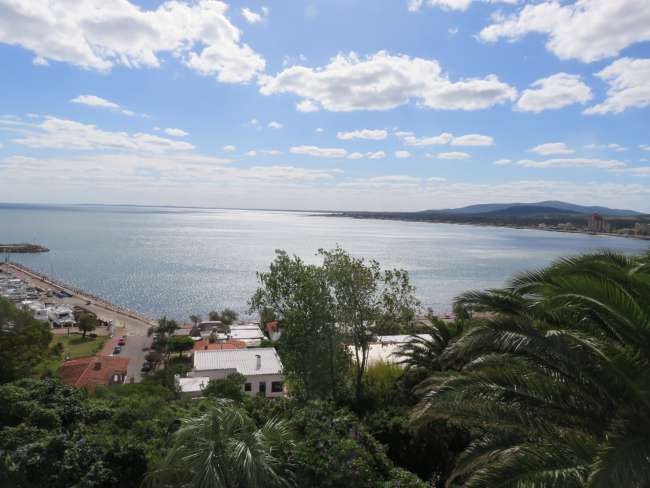
Reisiaruanded Uruguay

